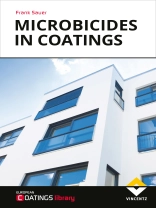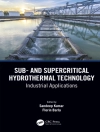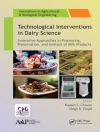When it comes to protecting coatings, it is essential to strike the right balance between controlling germs in order to avoid economic damage on the one hand and tolerating microbial life where it is necessary and useful on the other. The new book from Frank Sauer provides a comprehensive overview of the working mechanisms and possible applications of microbiocides for coatings – invaluable for formulators and technicians as well as for business people with a basic knowledge of chemistry and biology.
Daftar Isi
Contents
1 Introduction to microbicides
1.1 Classifi cation of microorganisms
1.1.1 Archaea
1.1.2 Bacteria
1.1.3 Eukaryotes
1.2 Microbicides
1.3 Mode of action of antimicrobial actives
2 Coatings preservation
2.1 In-can preservation
2.1.1 Formaldehyde and formaldehyde-releasing compounds (FA-R)
2.1.2 Isothiazolinone derivatives
2.1.3 Compounds with activated halogens
2.1.4 Summary of relevant properties for in-can preservation
2.2 Dry-fi lm preservation
2.2.1 Fungicides for coatings protection
2.2.2 Algicides for coatings protection
2.2.3 Overview of fungicidal/algicidal product formulations
2.3 Plant hygiene
2.3.1 Prevention is better than cure
2.3.2 Where there is water, there is also life
2.3.3 Ten-point programme: disinfect operational facilities
3 Application aspects
3.1 Service life of microbicides
3.2 Optimisation of dosage
3.3 Formulation aspects
3.4 Remedial surface treatment
3.5 New developments in the fi eld of material protection
3.5.1 Slow-release technology
3.5.2 New actives
3.6 Microbicides based on silver compounds
4 Microbiological and application test methods
4.1 Minimum inhibitory concentration
4.2 Determination of germ count
4.3 In-can challenge test
4.4 Agar diff usion test
4.5 Laboratory leaching tests
4.6 Semi-field leaching trials
4.7 International standards
5 Legislative aspects
5.1 Biocidal Product Legislation (BPR)
5.1.1 General aspects of the authorisation process
5.1.2 Article 95: List of active substances and suppliers
5.1.3 Treated articles
5.2 Interrelationship of the BPR and other legislation
6 Summary and outlook
7 References
Author
Index












